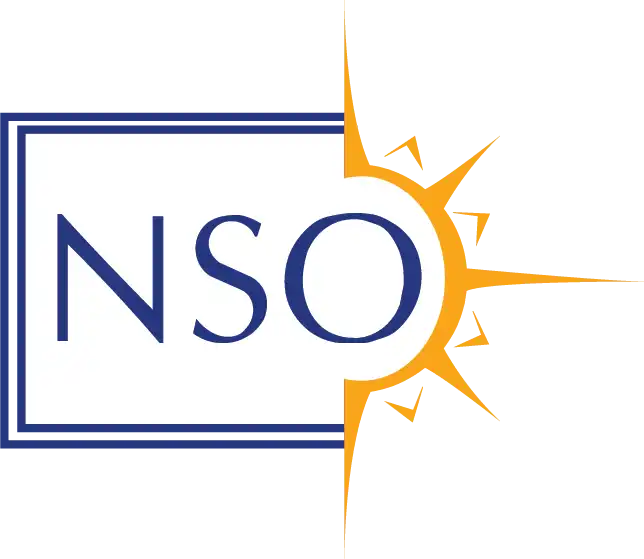Hawaiʻi Tourism Authority awards grants for regenerative experiences and community stewardship

Several Maui County organizations are two dozen statewide beneficiaries of Hawaiʻi Tourism Authority’s Community Stewardship and Regenerative Experiences programs, two key initiatives under the Community Tourism Collaboratives, according to an announcement.
The Maui County groups receiving funds under the authority’s Community Stewardship program are:
- Haleakalā Conservancy was awarded $50,000 as the philanthropic partner of Haleakalā National Park for the last four years. It supports programs such as stargazing and other initiatives, including powered wheelchairs for visitors, that are otherwise not covered in the National Park Service budget. The Conservancy seeks to build a robust volunteer network and develop internal capacity to apply for future grants.
- Ahupuaʻa ʻO Hālawa was awarded $42,500 for preservation and protection of Hālawa Valley’s cultural and natural resources through community engagement and education. The Molokaʻi group plans to use the ʻike and funding gained through this program to use marketing and cultural education consultants to develop their website and online presence to become a greater player and steward of culturally based, regenerative programs on Molokaʻi.
- East Maui Land Restoration received $44,000 to enhance stewardship efforts and acquire necessary equipment for efforts to restore land in the vicinity of Honomanū waterfall. The group is a nonprofit organization that serves as an umbrella for Hāna Highway Regulation, a visitor education and tourism management initiative for Hāna Highway, and East Maui Farm, which focuses on rebuilding ancient taro patches at Honomanū.
The Community Stewardship program supports groups that protect and revitalize Hawaiʻi’s sacred spaces and important cultural sites. Each organization will benefit from capacity-building opportunities, including specialized workshops, professional services, and tailored consultations designed to enhance their stewardship activities.
The Maui County groups receiving funds under the authority’s Regenerative Experiences program are:
- Hāna Arts received $20,000 for its arts and cultural education programs. Established in 1991, Hāna Arts offers a wide array of cultural and artistic programs. It seeks to enhance and expand its cultural workshop offerings at the Hāna Farmers Market. The workshops include experiences such as lei making, lauhala weaving and ulana niu (coconut frond weaving).
- KAʻEHU, located in Paukūkalo, Wailuku, KAʻEHU was awarded $25,000. It runs a program called the Community Environmental Stewardship Program. It acts as a huakaʻi for residents and visitors. With the intention of regenerating coastal ecology and Hawaiian cultural practices, this program facilitates stewardship upon the lands of the nonprofit, using the ʻauwai, loʻi kalo, māla, its green house and the shoreline of Kaʻehu Bay (and eventually its loko iʻa) to provide mālama activities on ʻāina. Integrating both the spectrum of service of the Community Environmental Stewardship Program and the intentionality of its voluntourism activities, KAʻEHU would like to expand its services to conference and convention attendees traveling to Maui.
- Mahina Farms Maui, located in ʻĪao Valley, received $25,000 to develop a transformative small-group cultural immersion experience that invites visitors to connect deeply with Native Hawaiian traditions, ʻike and ʻāina. Mahina Farms Maui is a Native Hawaiian-owned family farm nestled in ʻĪao Valley. The family’s passion lies in cultivating native and non-native plants, canoe crops and other species with specific cultural uses, honoring its ancestral knowledge and connection to the land.
- Moloka‘i Land Trust was awarded $35,500 to support a new project focused on the establishment of a yellow seeded wiliwili forest and complementary understory native vegetation to support traditional lei makers on the island. The mission of the Moloka‘i Land Trust is to protect and restore the land and natural and cultural resources of Moloka‘i. Moloka‘i Land Trust works to promote, educate and perpetuate the unique Native Hawaiian traditions and character of the island for the benefit of future generations of all Moloka‘i, particularly Native Hawaiians.
The Regenerative Experiences Program aims to develop and enhance visitor experiences that are deeply rooted in the principles of regenerative tourism. By participating in this program, organizations will create market-ready activities that foster reciprocal relationships between residents and visitors, ensuring that the benefits of tourism are shared by all.
A 2024 technical needs assessment completed by HTA in partnership with Kilohana by the Council of Native Hawaiian Advancement revealed key capacity-building activities that the authority could focus on to advance a regenerative tourism model for Hawaiʻi.
Following a highly competitive application and rigorous evaluation process, 24 organizations have been chosen to participate in these transformative capacity-building programs aimed at fostering regenerative tourism and preserving Hawaiʻi’s cultural and natural resources.
“The selection of these remarkable organizations marks a significant step forward in our efforts to create a more regenerative and culturally respectful tourism model in Hawaiʻi,” said authority board Chair Mufi Hannemann. “These cohort programs will empower our community partners to expand their invaluable work, ensuring that our islands’ cultural and natural resources are preserved and enriched for future generations.”
“We are thrilled to support these organizations as they lead Hawaiʻi’s transition to a regenerative model of tourism,” said Daniel Nāhoʻopiʻi, the authority’s interim president and chief executive officer. “The diverse range of organizations and projects that will receive capacity-building training and technical assistance through these programs highlight the innovative approaches being taken across the islands to mālama ʻāina and create meaningful visitor experiences.”
All funded projects are expected to be completed by Dec. 1.









